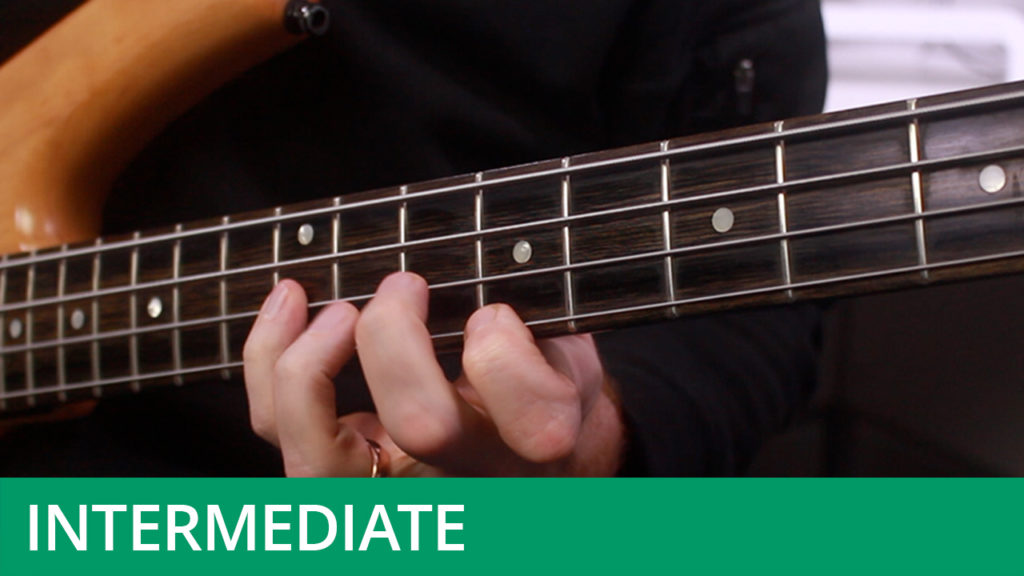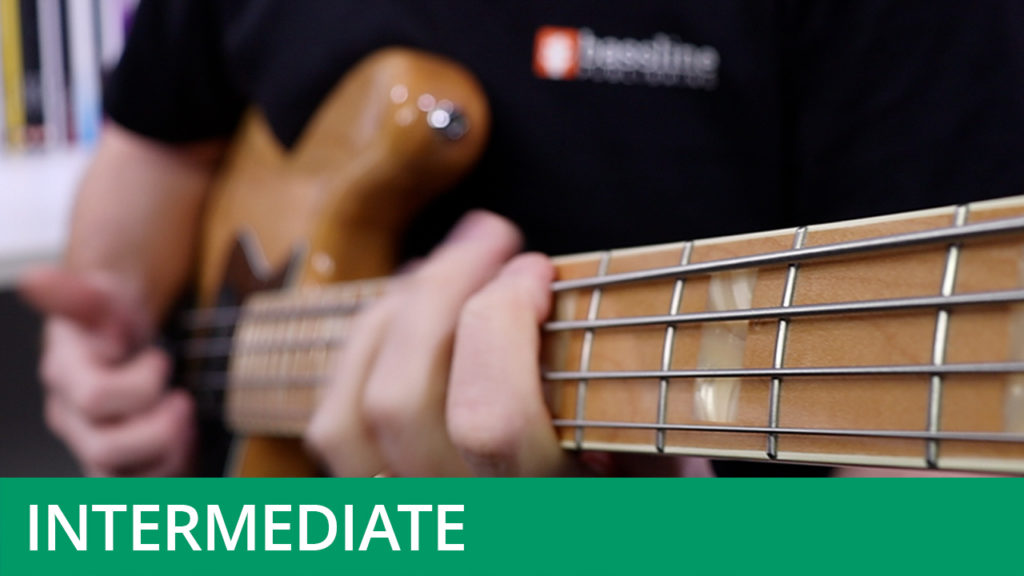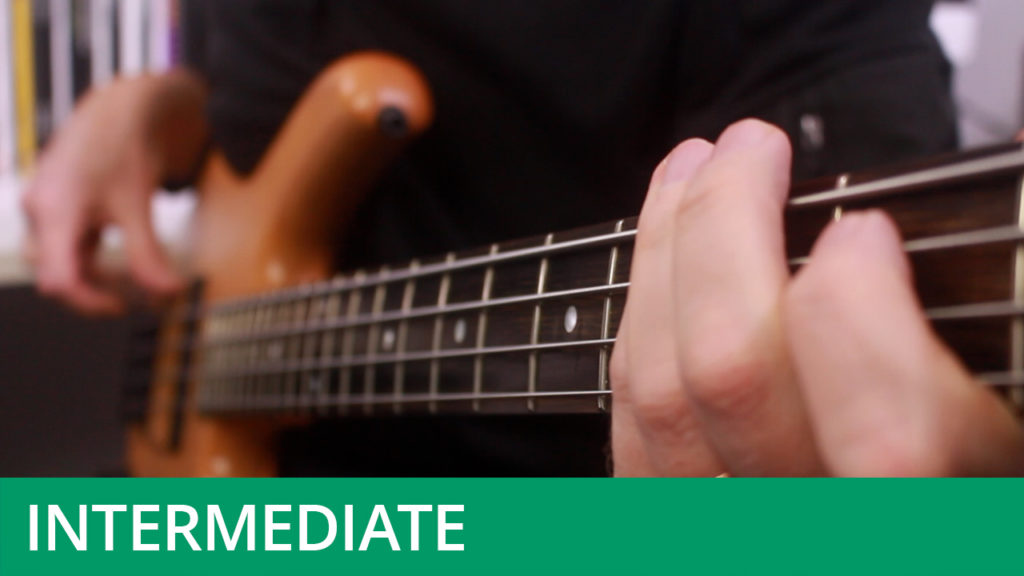The Phrygian Mode
Course Duration: 52 Minutes | Difficulty Level: 5
In this course is a deep dive into the third mode of the major scale, the Phrygian mode. This is another minor mode, suitable for use with minor seventh chords, particularly if a 'flattened ninth' sound is desirable.
These lessons will show you how to play the E Phrygian mode all over the fingerboard using the 'content over patterns' system, after which you will have the opportunity to work through a series of bass grooves that put the mode to use. The first few exercises will be in the key of C (and will therefore use the E Phrygian mode), then there will be some lines which use the mode in other keys. By the end of this course you should be very familiar with the sound of the Phrygian mode and will be well-placed to begin using it in your own lines and compositions.
Don’t forget to hit the Download Resources button above in order to download the PDF worksheet and audio files for this course (available to subscribers only).




